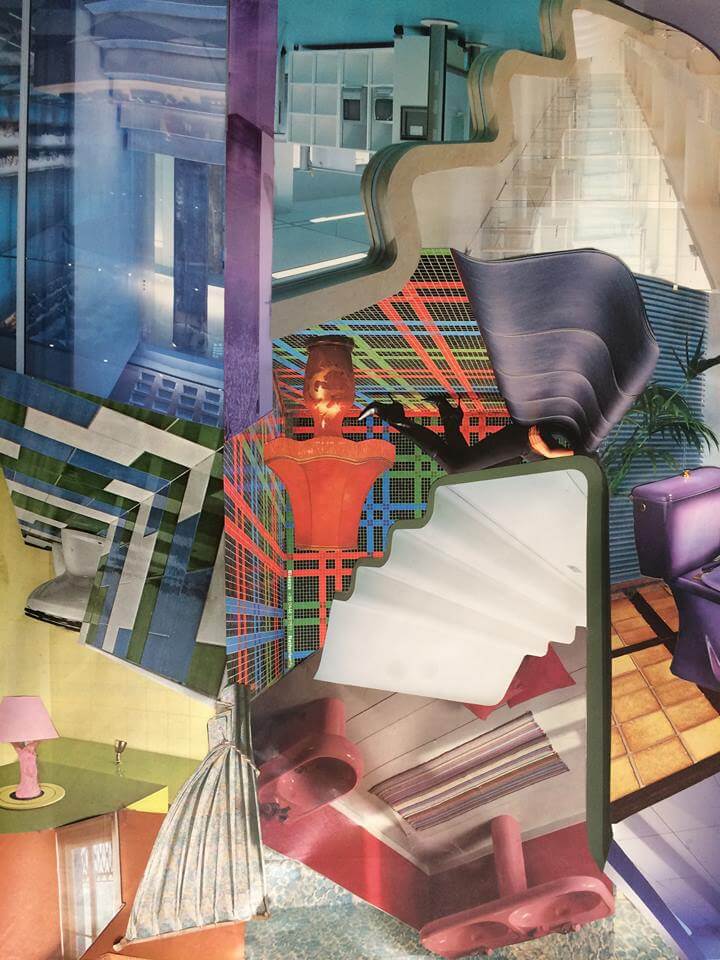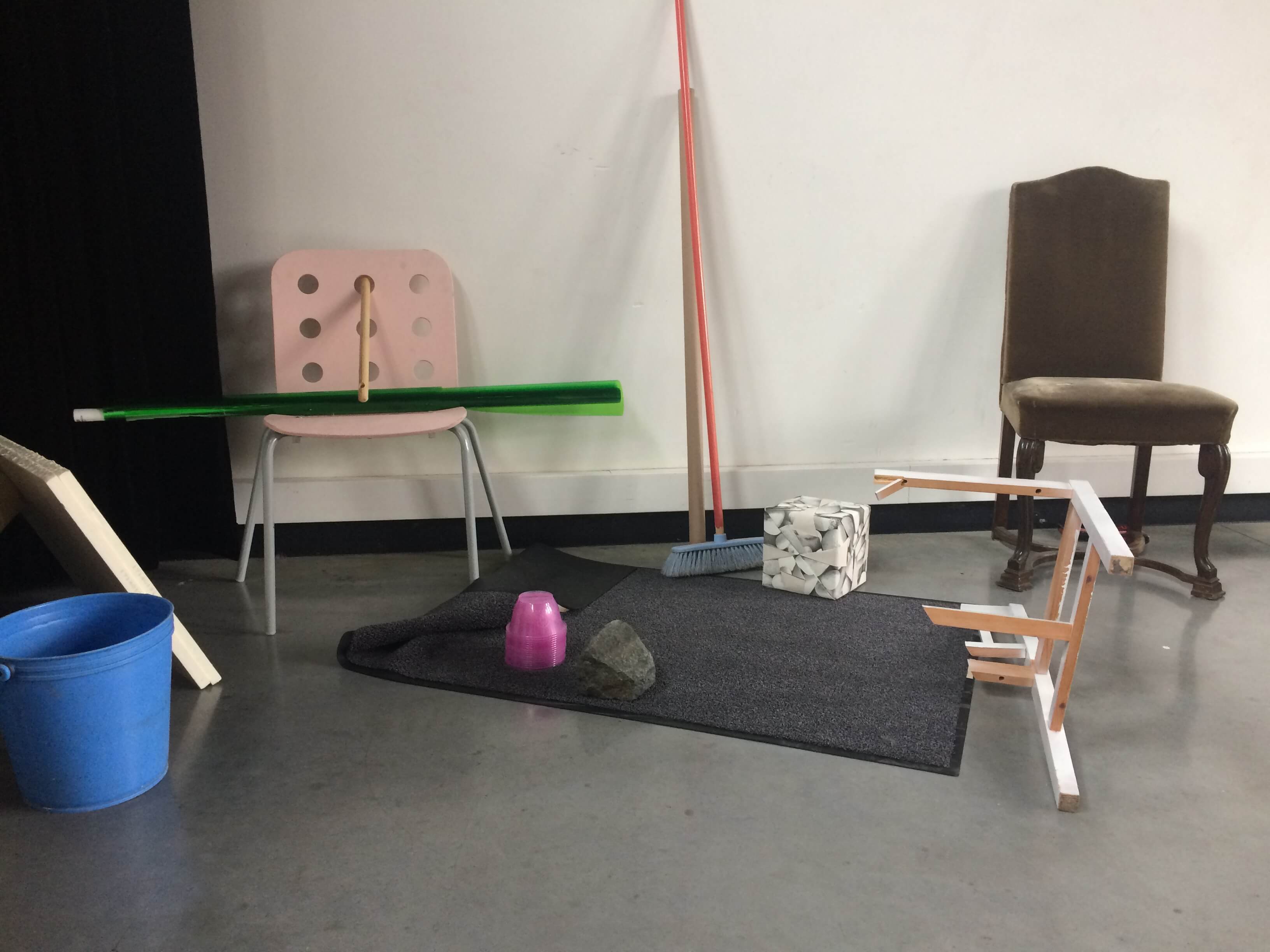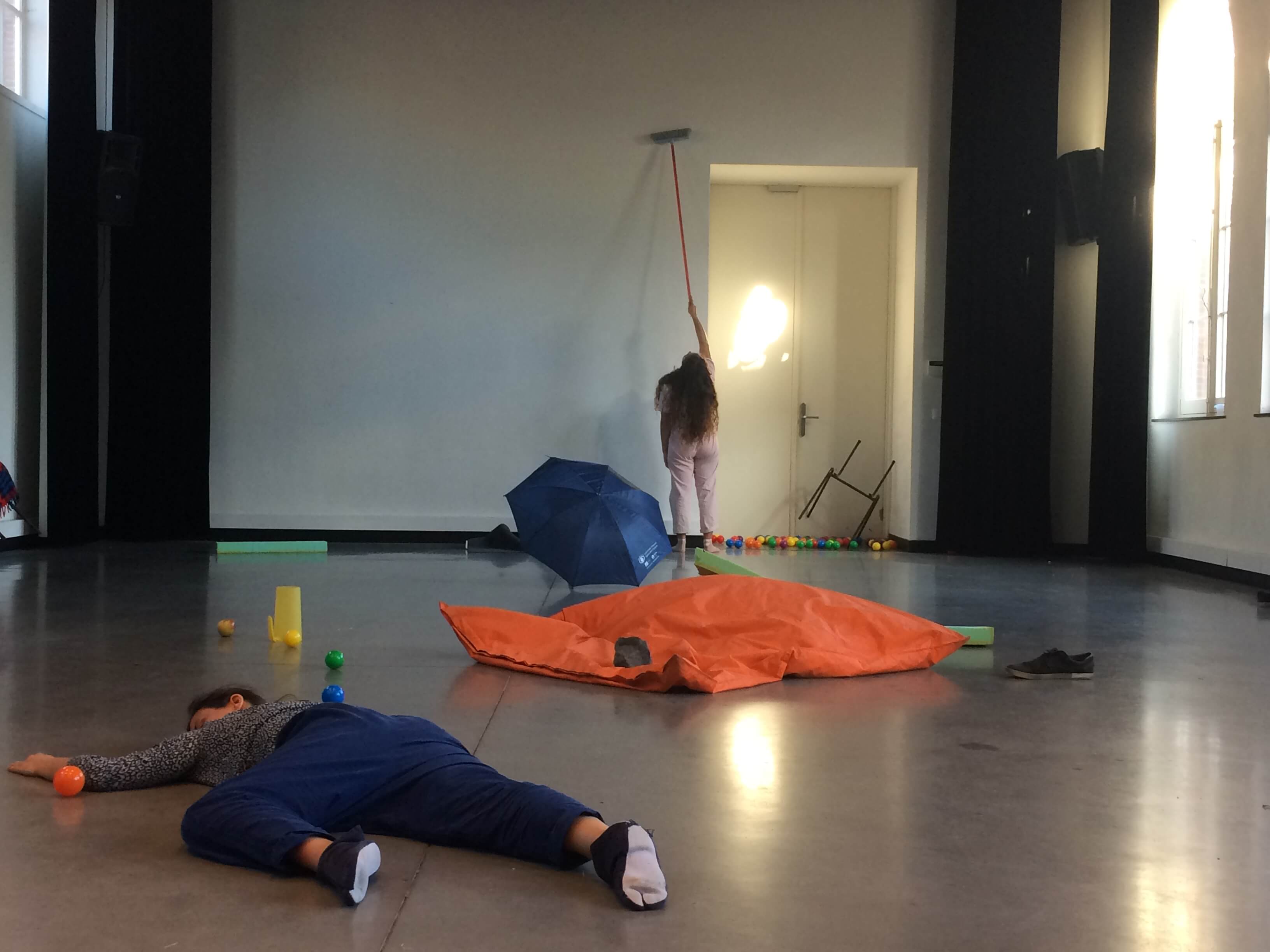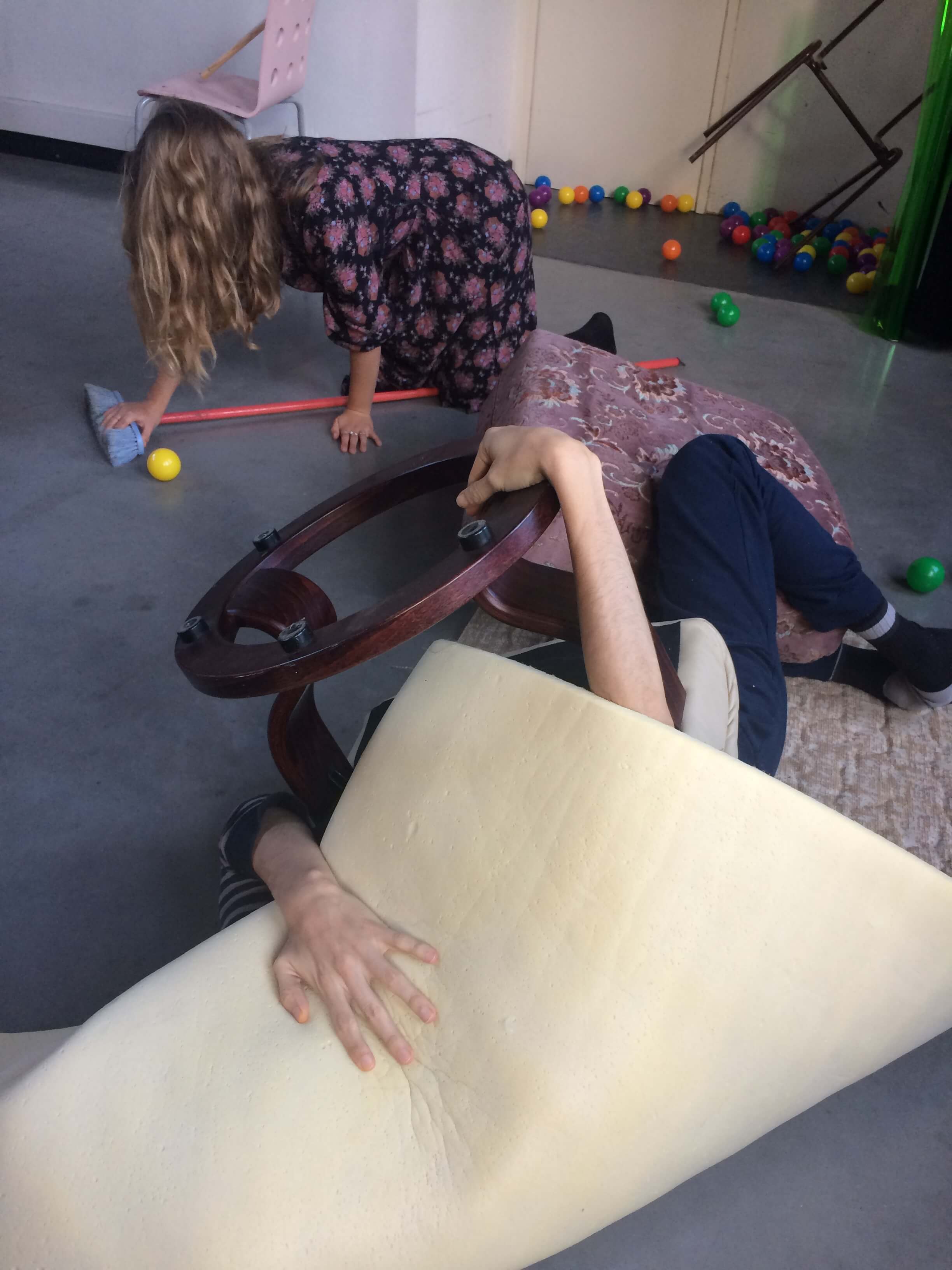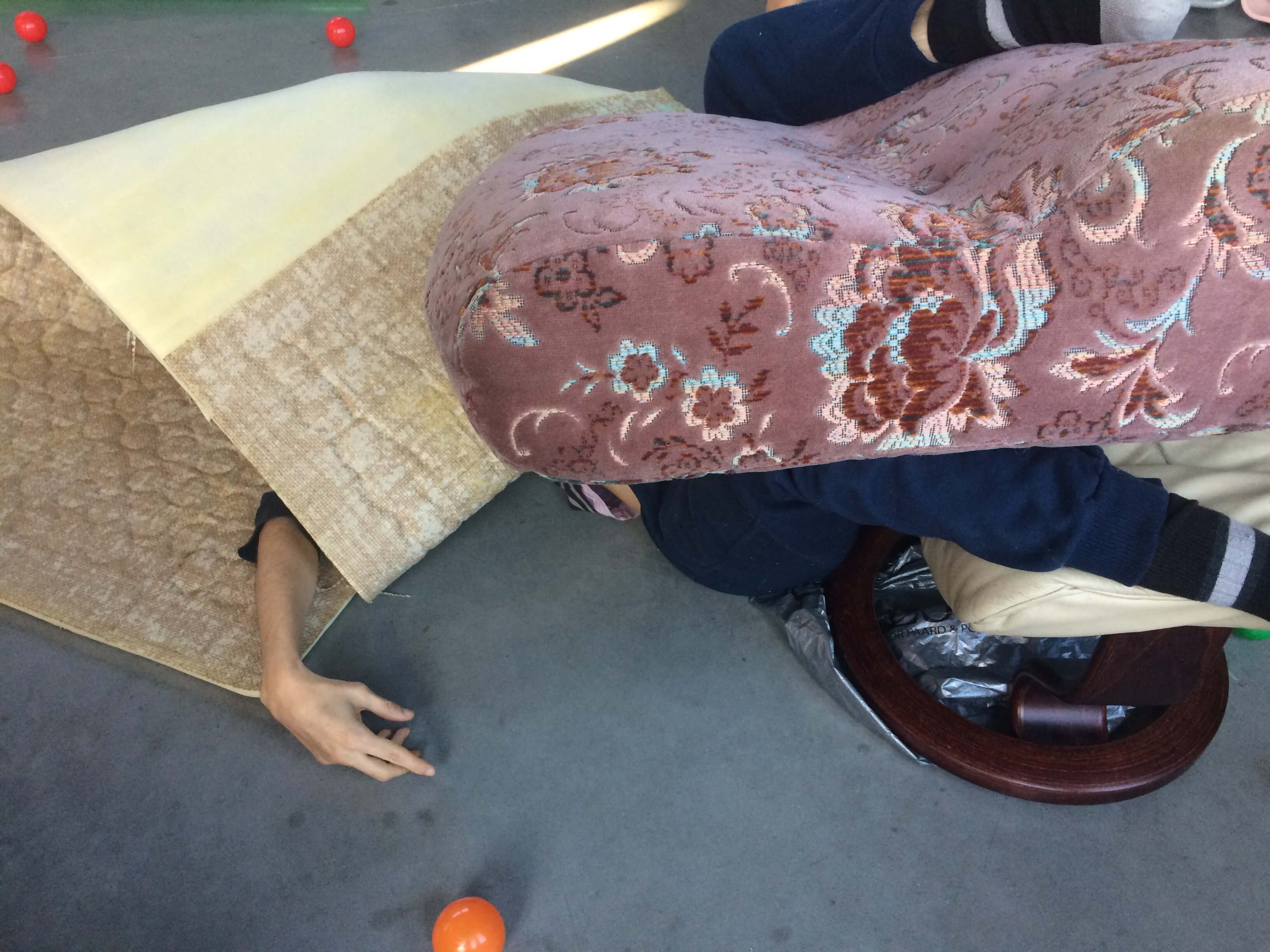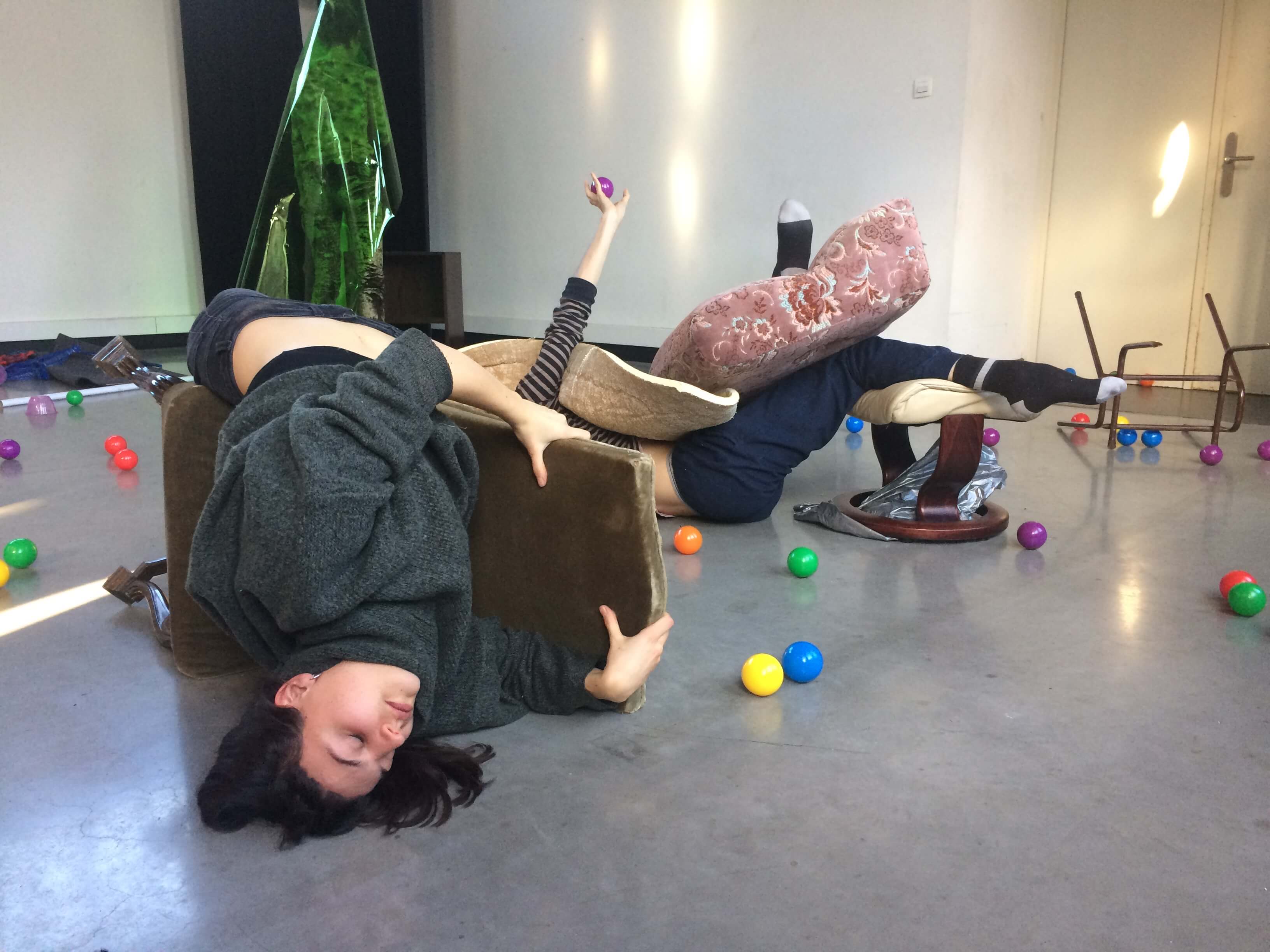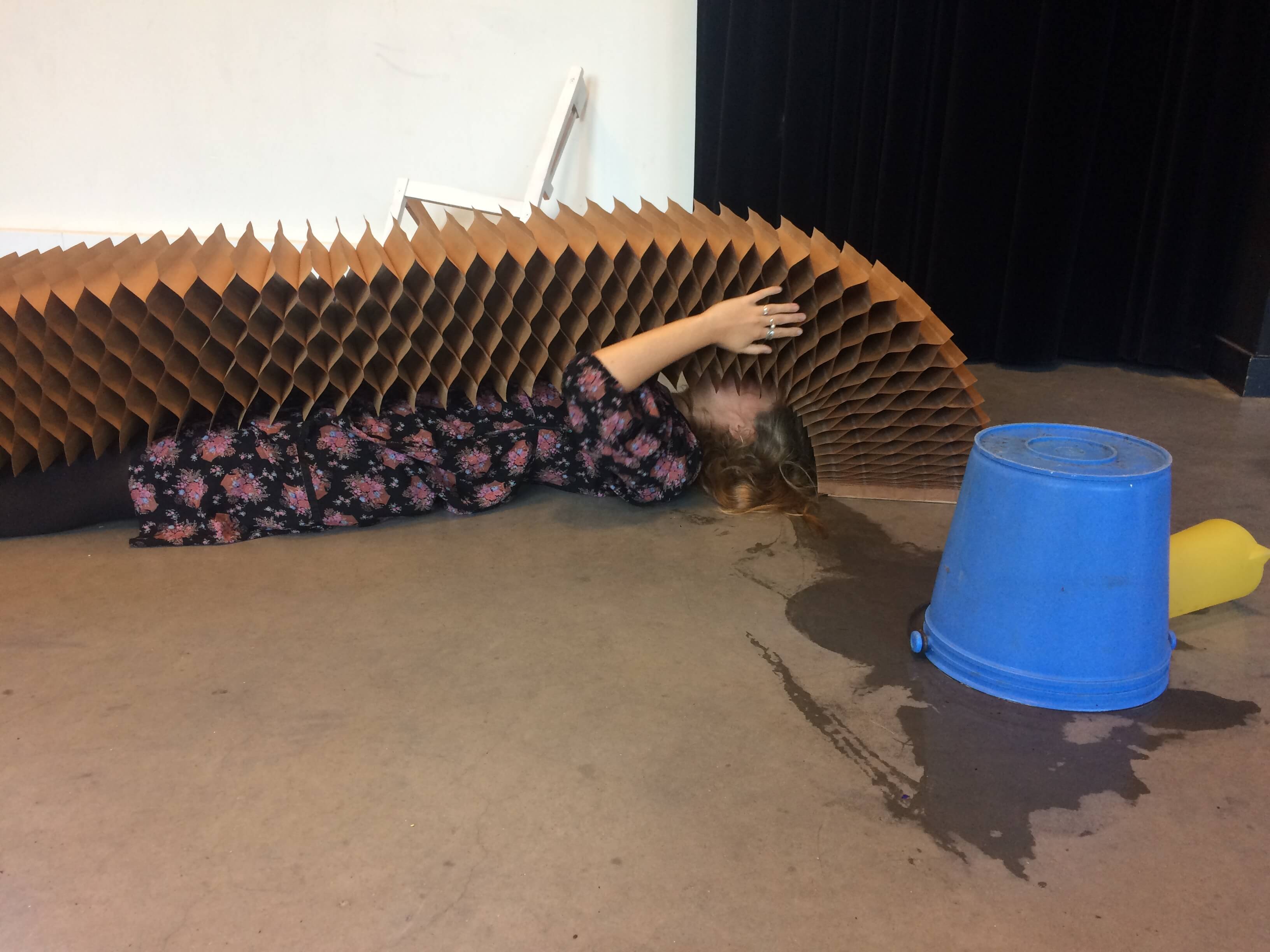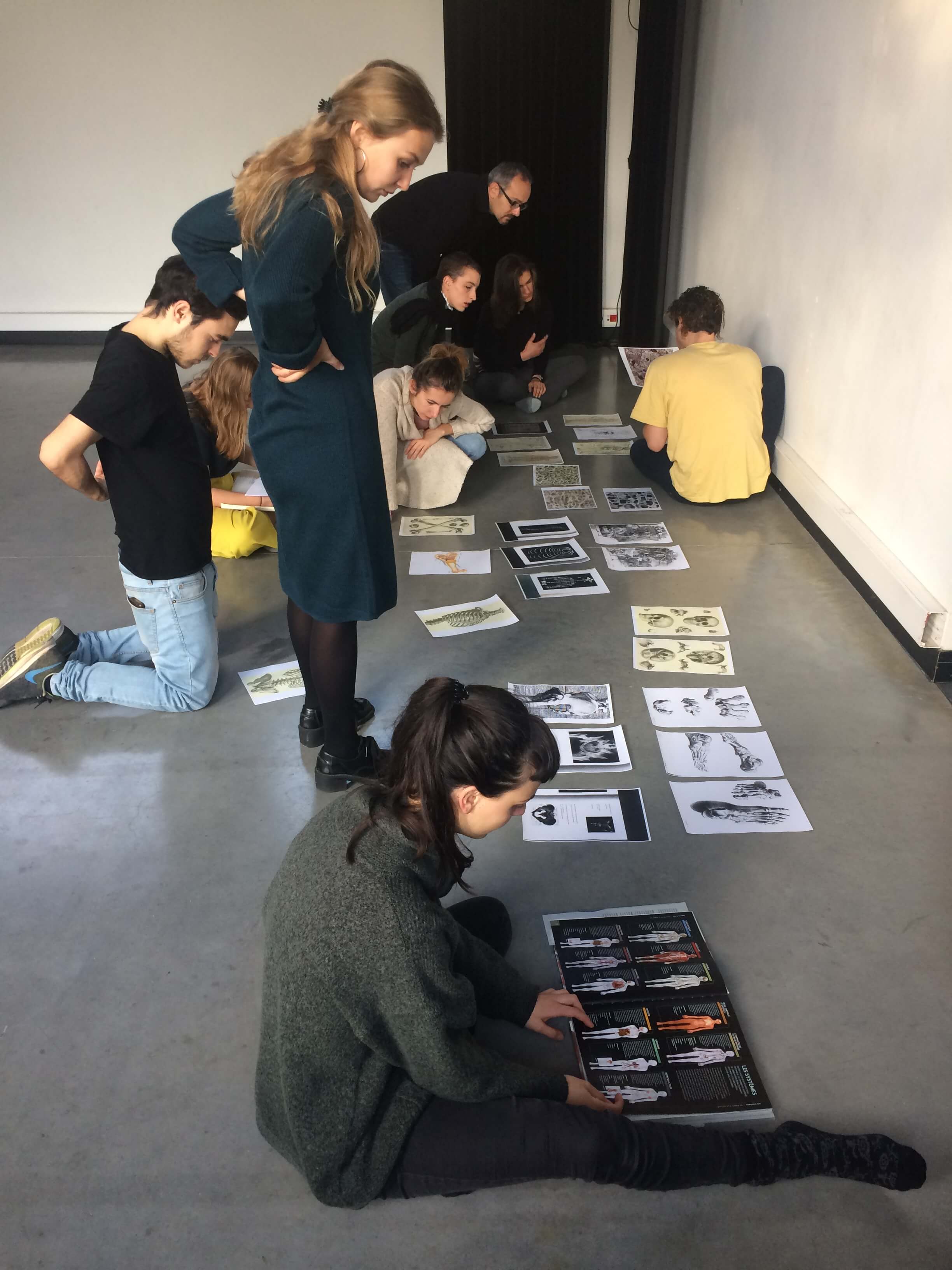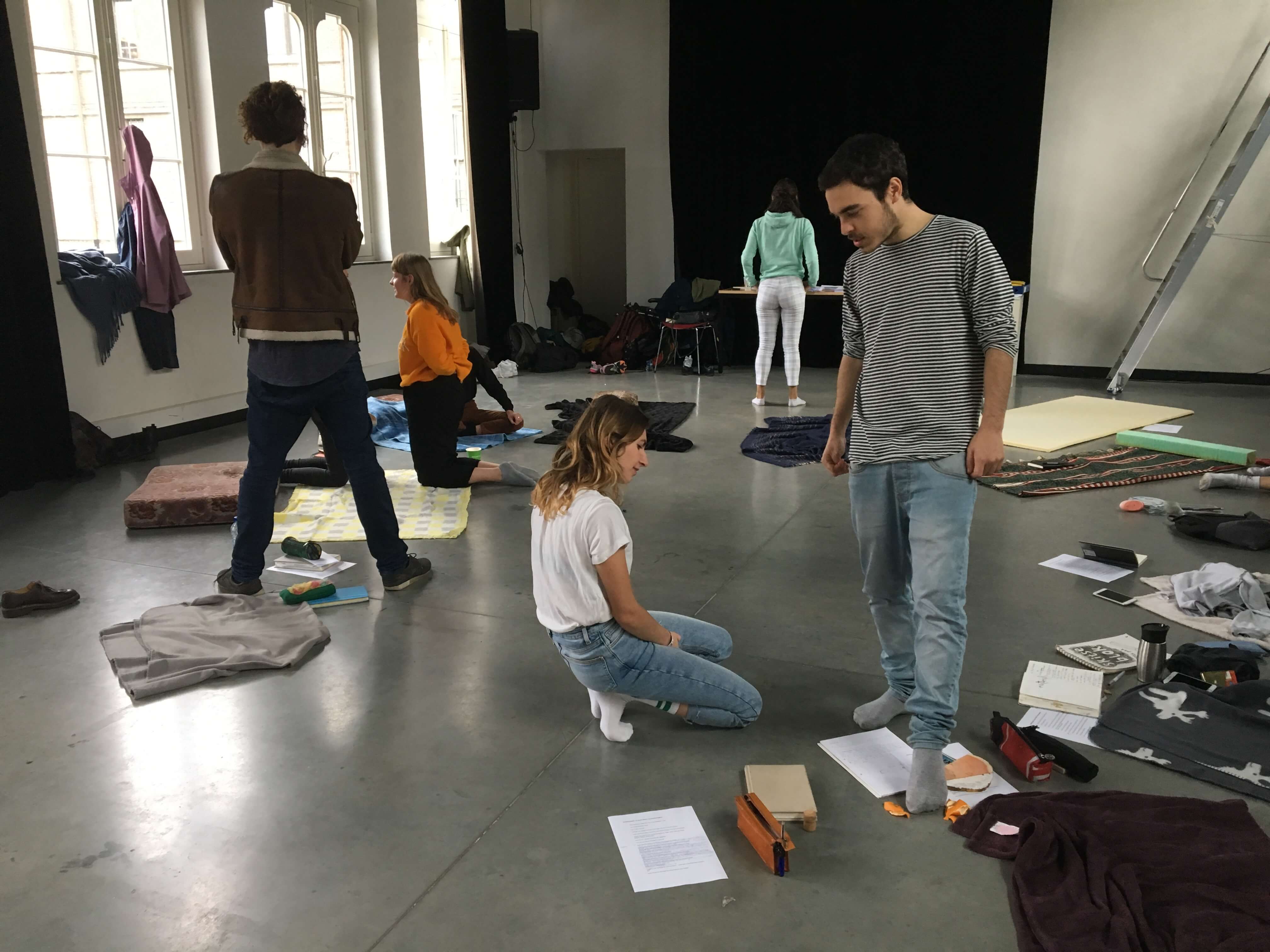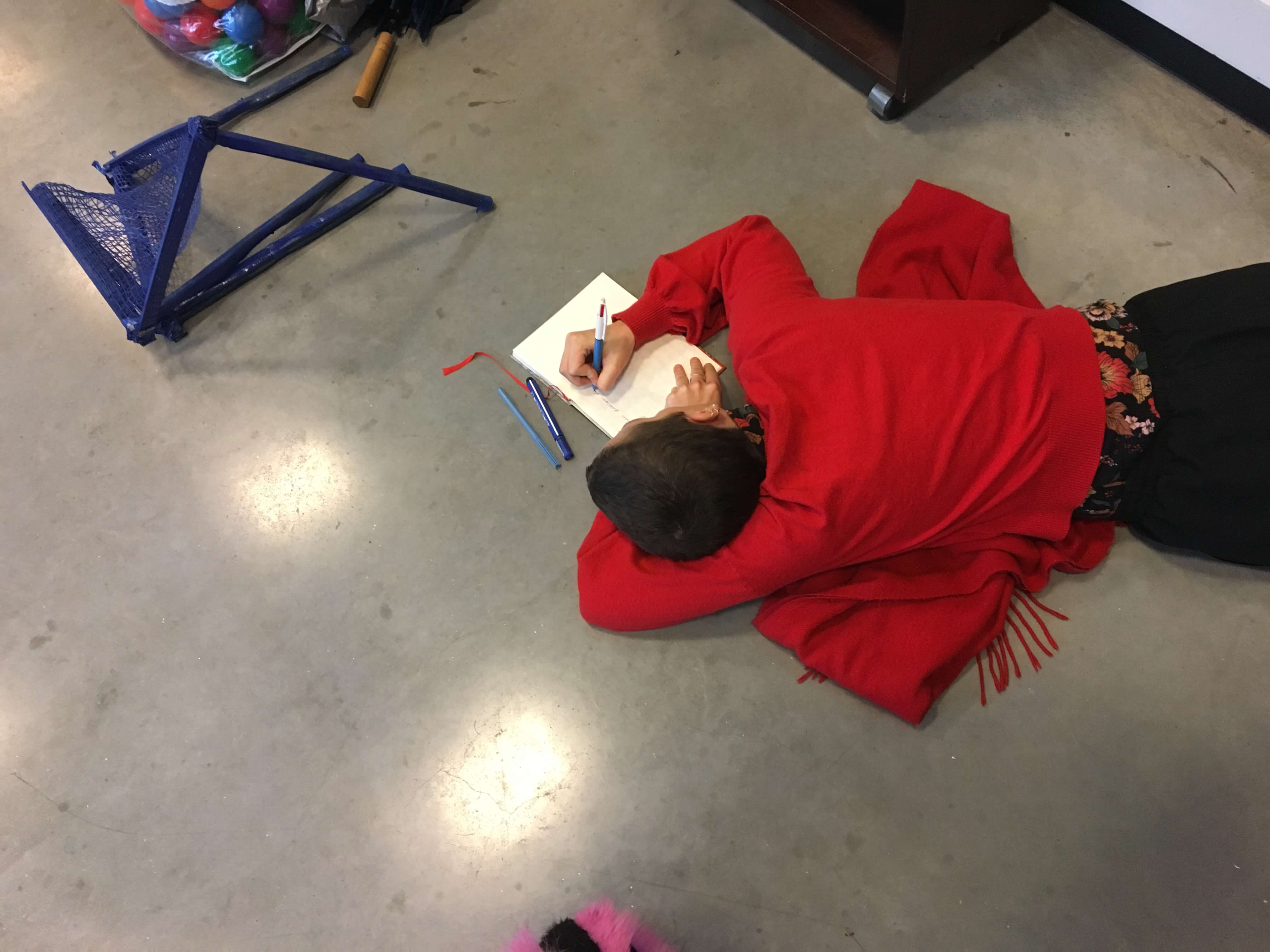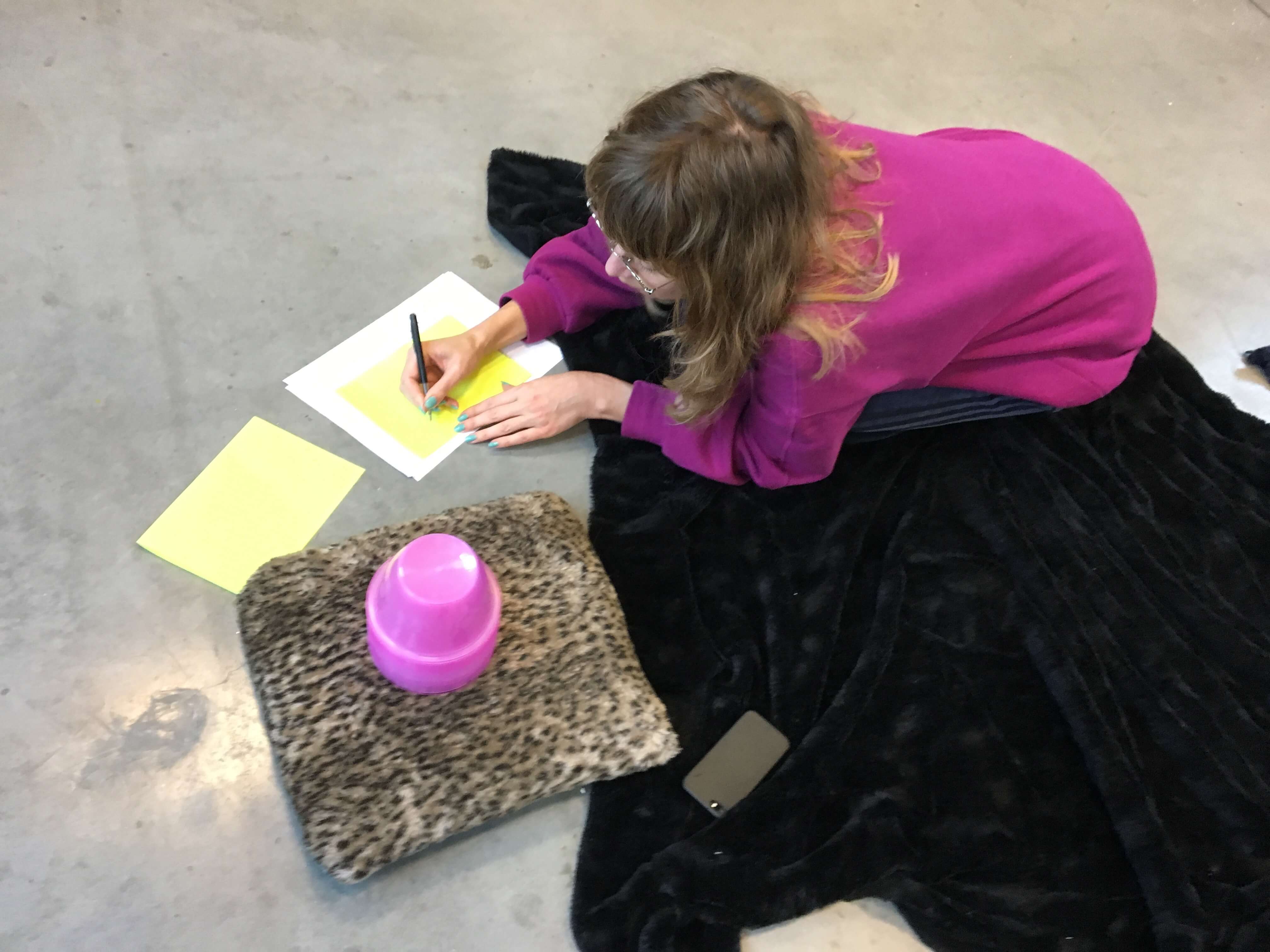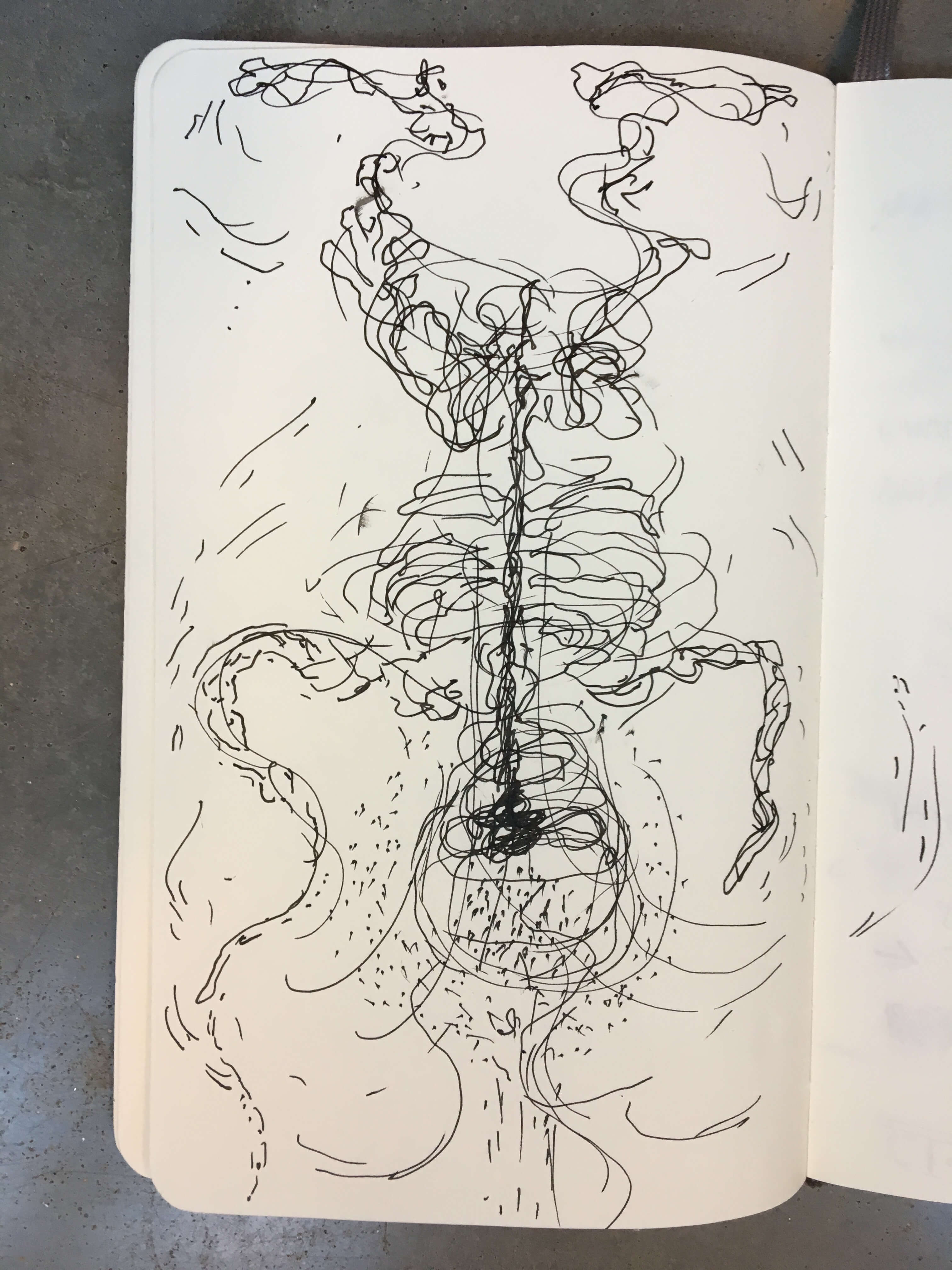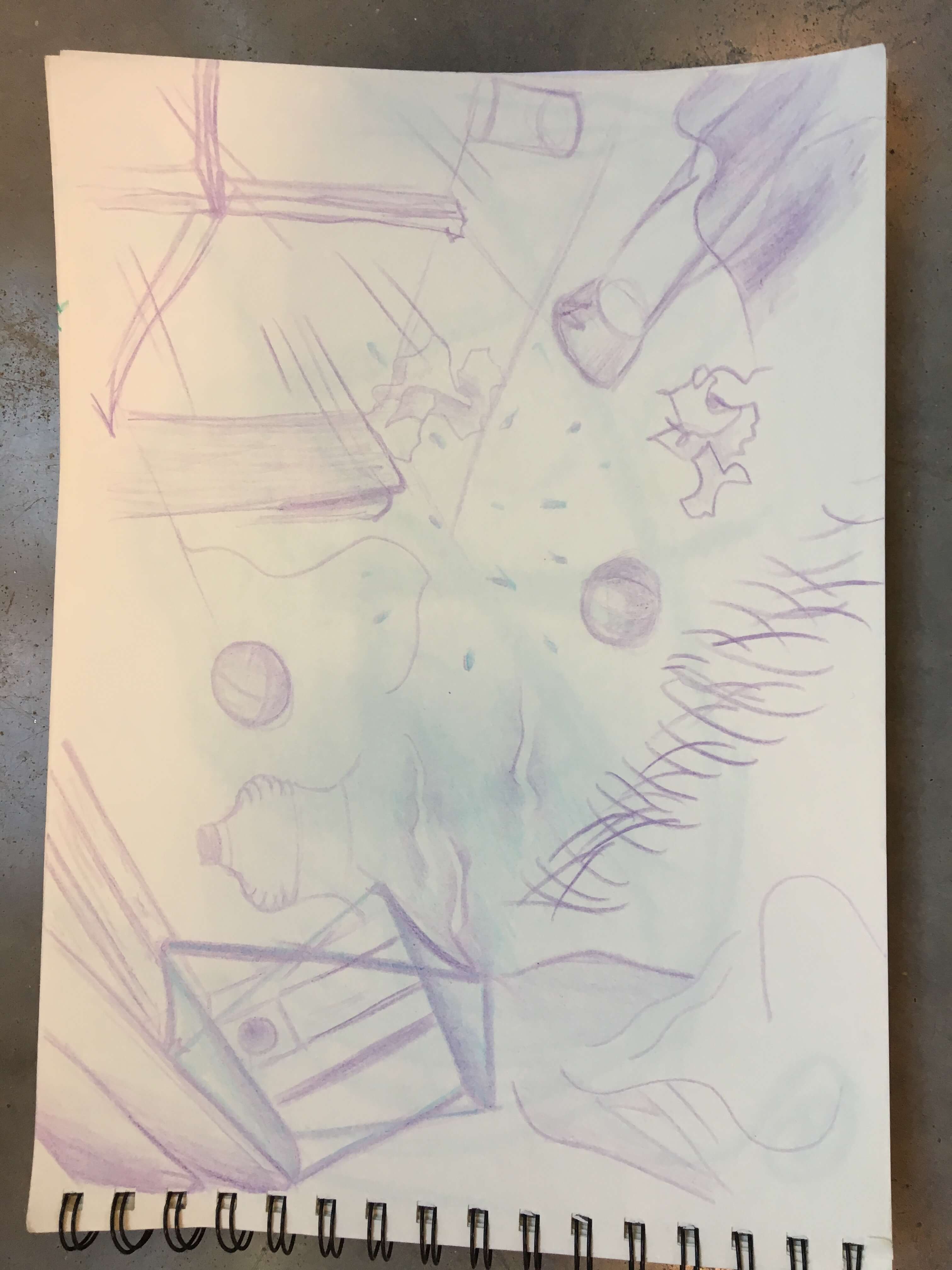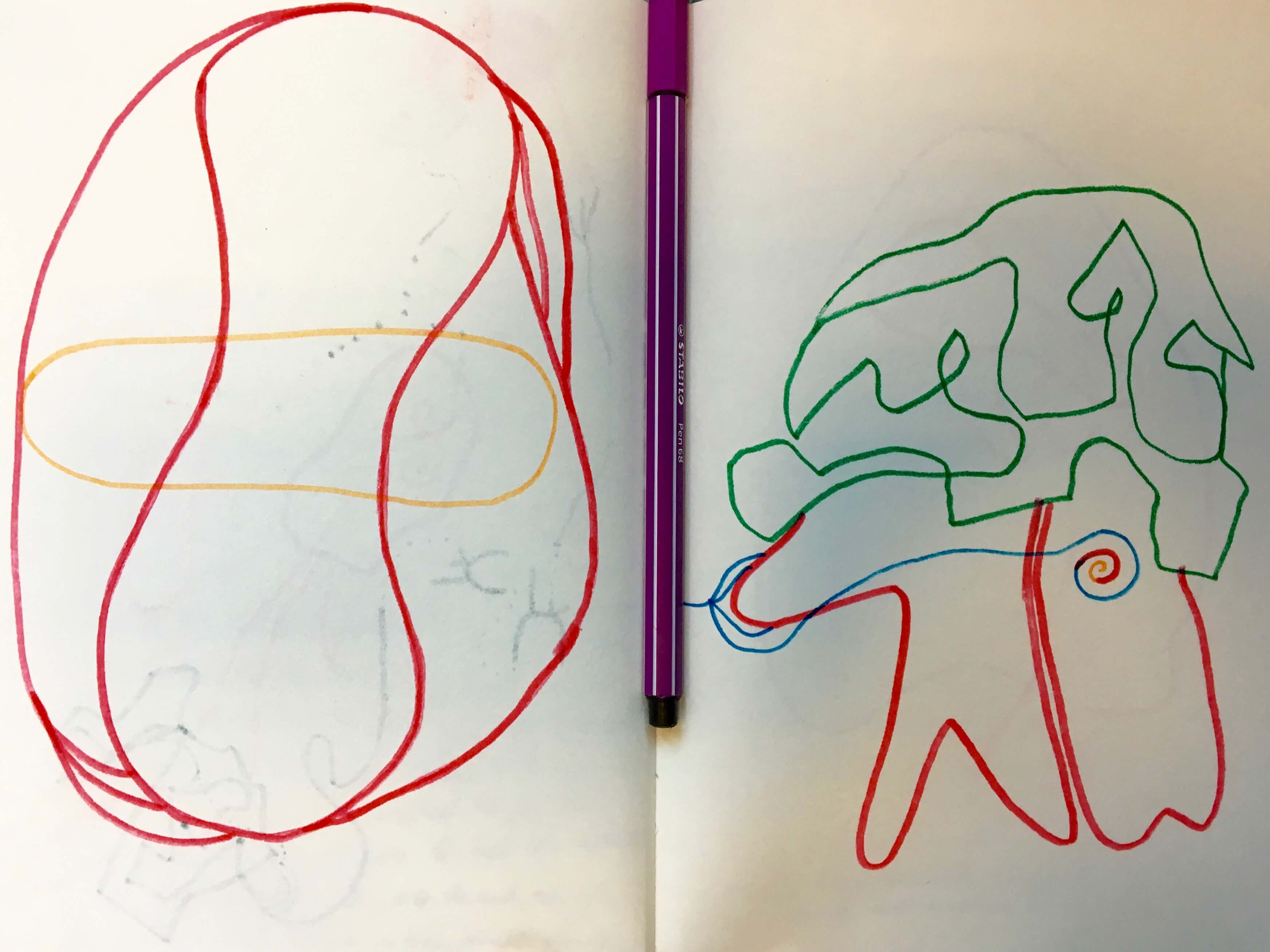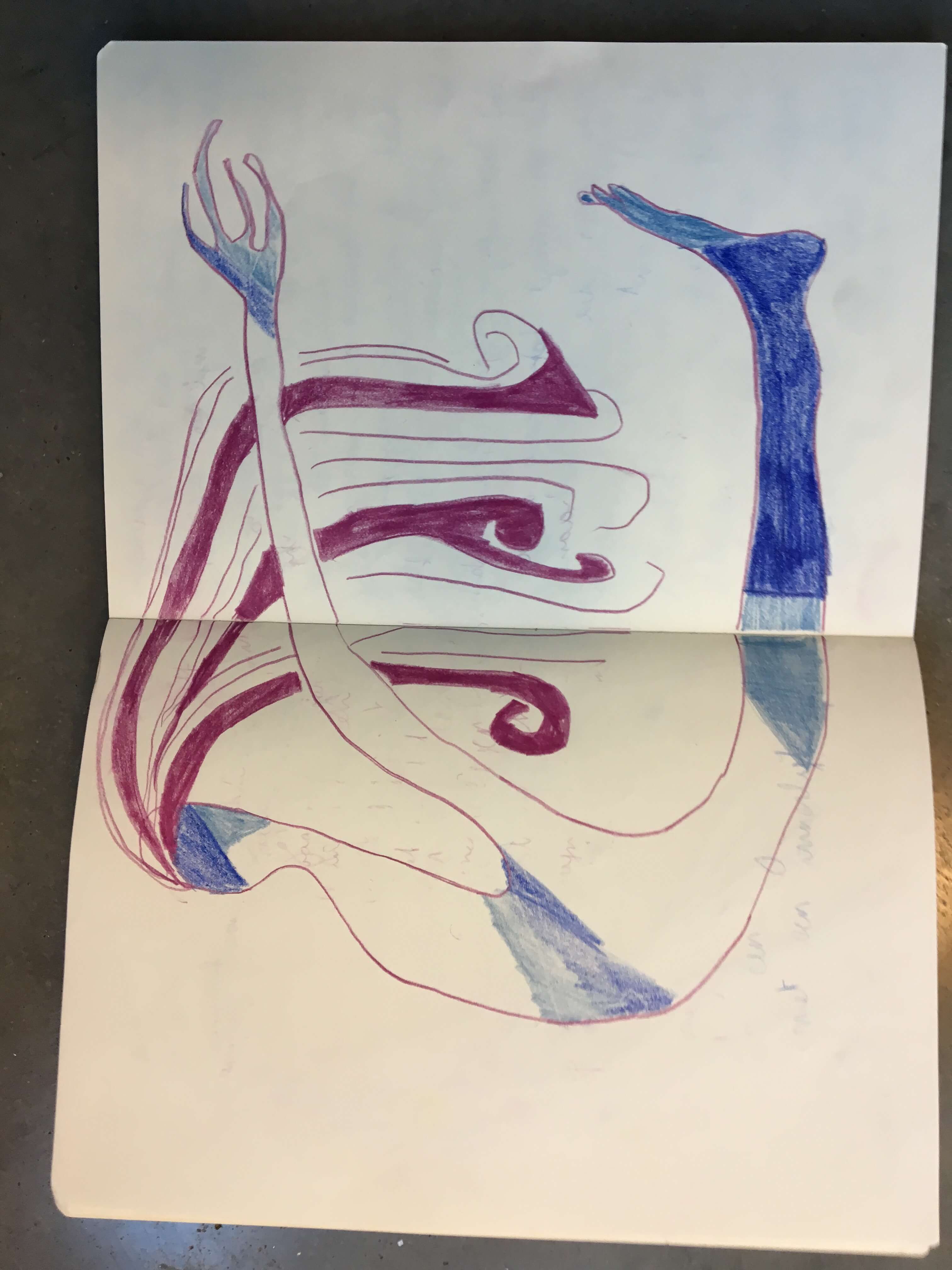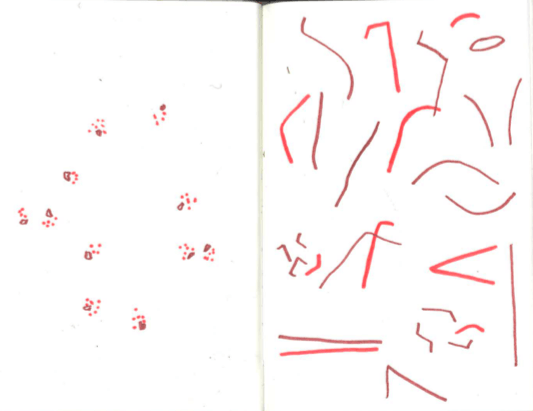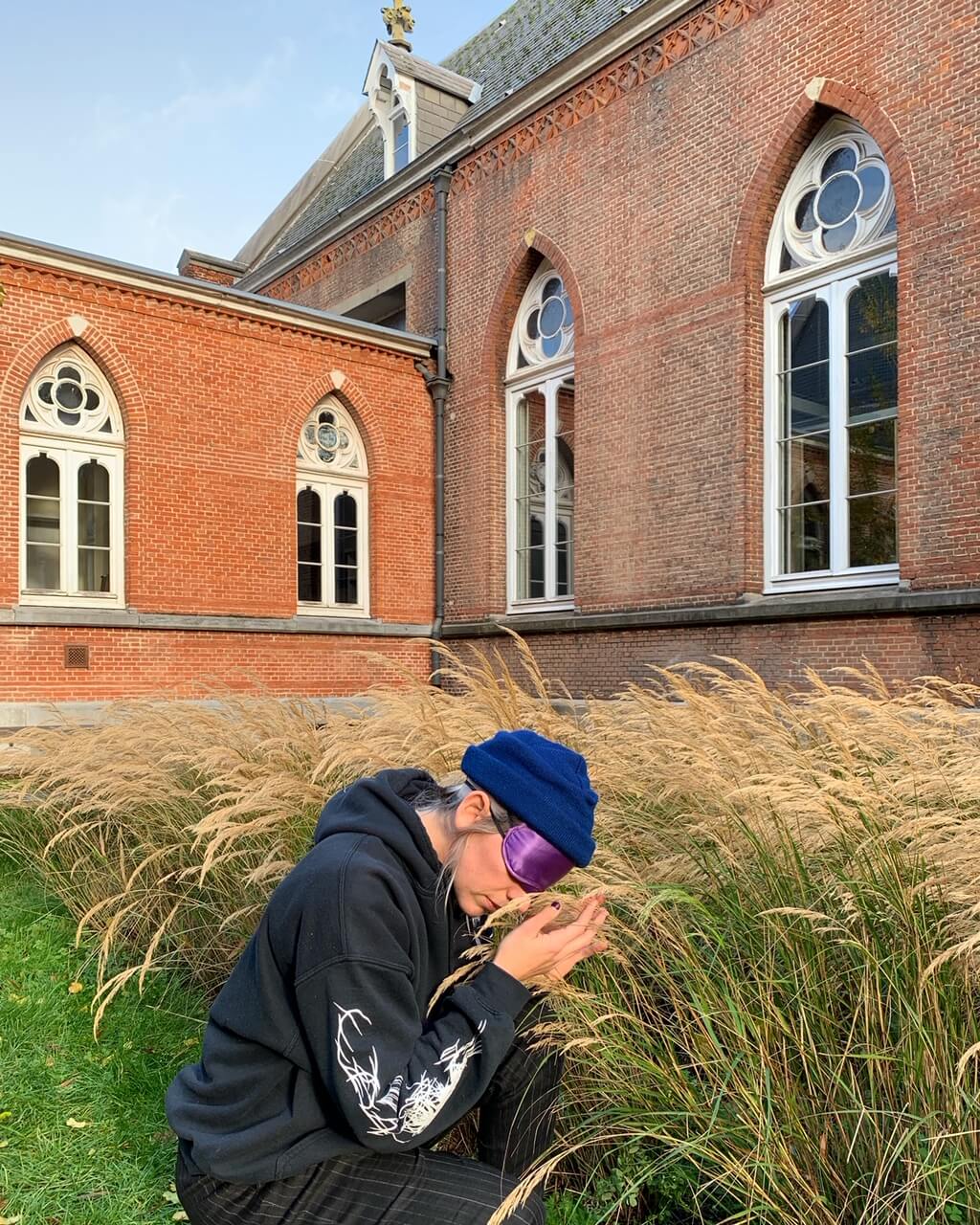Bodies and body-practices, from my point of view, have received—from the age of enlightenment on, hand in hand with the rise of christianity, mechanist philosophy, the rise of capitalism, a rather second-class status in the current western societies predominant belief-systems. Bodies, together with other resources of the earth, have been reduced to materials, machines, workforces, that can be used and shaped, but are empty of any meaning or immaterial value, besides economical value. As Silvia Federici argues in her book ‘Caliban and the witch’, this image of the body today, stems from an image of the body as a machine, developed during the age of mechanical philosophy, which rendered the body from a vital and empowered organism into an object which needed to be controlled, cultivated and colonised. As part of a change of consciousness, which helped capitalism rise, both nature and the body needed to be transformed into ‘the savage’, who needed to be controlled by a rational mind. This gave way to an experience of separation between body and mind, culture and nature. “In this sense Mechanical Philosophy contributed to increasing the ruling-class control over the natural world, control over human nature being the first, most indispensable step. Just as nature, reduced to a “Great machine”, could be conquered and (in Bacon’s words) “penetrated in all her secrets”, likewise the body, emptied out of its occult forces, could be “caught in a system of subjection”, whereby its behaviour could be calculated, organised, technically thought and invested of power relations.” (Silvia Federici, Caliban and the witch)
Since the Enlightenment, the split between the brain and the body, between the intangible and material has been propagated both in religion, culture, philosophy and science. As a result, idealised environments have arisen, in which the relationship with the real experience is absent. Especially now that virtualisation – and associated absenteeism to human needs – is increasing, physicality is a necessary counterweight.
Our loss of identity and feeling of powerlessness are intensified by the computerisation and automatisation of work, that expect mechanical and dehumanising types of behaviour and working processes. The abstraction of labour and disembodied forms of production, separating ‘private’, emotional, bodily sensations from the ‘work-field’ accumulate in a sense of alienation and desocialisation with high records of mental illnesses: panic, anxiety, fear, attention deficit. “I call this consciousness estrangement because its essence is that we do not see ourselves as part of the world. We are strangers to nature, to other human beings, to parts of ourselves. We see the world as made up of separate, isolated, nonliving parts that have no inherent value. (…) Among things inherently separate and lifeless, the only power relationships possible are those of manipulation and domination. (…) As we become separate, and are manipulated as objects, we lose our own sense of self-worth, our belief in our own content and acquiesce in our own exploitation. (…) In the empty world, we trust only what can be measured, counted acquired. (…) Estrangement permeates our educational system, with its separate and isolated disciplines.” (Starhawk, Dreaming the dark)
Seeing our bodies as workforces, forces us to ignore signs of tiredness, disrespecting our limits, doing work that hurts us, or doesn’t give any pleasure. Pleasure for me is closely related to self-care and self-love, and is what will save us from a future burn-out or depression. As a teacher, I’m astonished to witness in young people so much anxiety, stress, fear of failure, self-hate and as a consequence depression. It concerns me very much and worries me, how young people seem to learn no tools in education to deal with these feelings, to care for their well-being, but rather learn and are forced to adapt to the neoliberal imperative and pressure to ‘make it’ and in the process suppress any resistance, numb themselves. What I witness is that the implementation of the structure of pressuring yourself to bring good results, ‘work hard’, is being inscribed already in education in young people, so they will be able to ‘function’ to the ‘industry’.
The unease of young people, the struggle with their identity and the current way of living, shouldn’t be misunderstood as mental illness that we need to medicalise, instead we should look closely at the origins of their struggles and start providing tools for work-processes that include their identities, bodies, emotions, their human experience at large. Our bodies have needs and desires and it is precisely this structure of accumulated needs and desires which is a powerful limitation to the exploitation of labour. Connecting to our body also shows us a universe of relations. It brings the awareness that we are interconnected beings, closely linked to a big organism, our planet and its eco-system.
Reclaiming our body, reclaiming to decide our corporeal reality, begins by affirming the power and wisdom of the body as we know it, in that it has formed over a long period of time, in constant interaction with the formation of the earth. (Silvia Federici, Beyond the periphery of the skin)
For me the attention towards the body and one’s experience is political. It is an action towards reclaiming one’s experience as important, it is an action of care towards one’s own body and at the same time one’s environment. It is an act of empowerment, by understanding that we can choose what and how we want to experience and relate to our surroundings. And as artists and designers it means taking responsibility of how the experience one’s design or artwork is creating for others.
